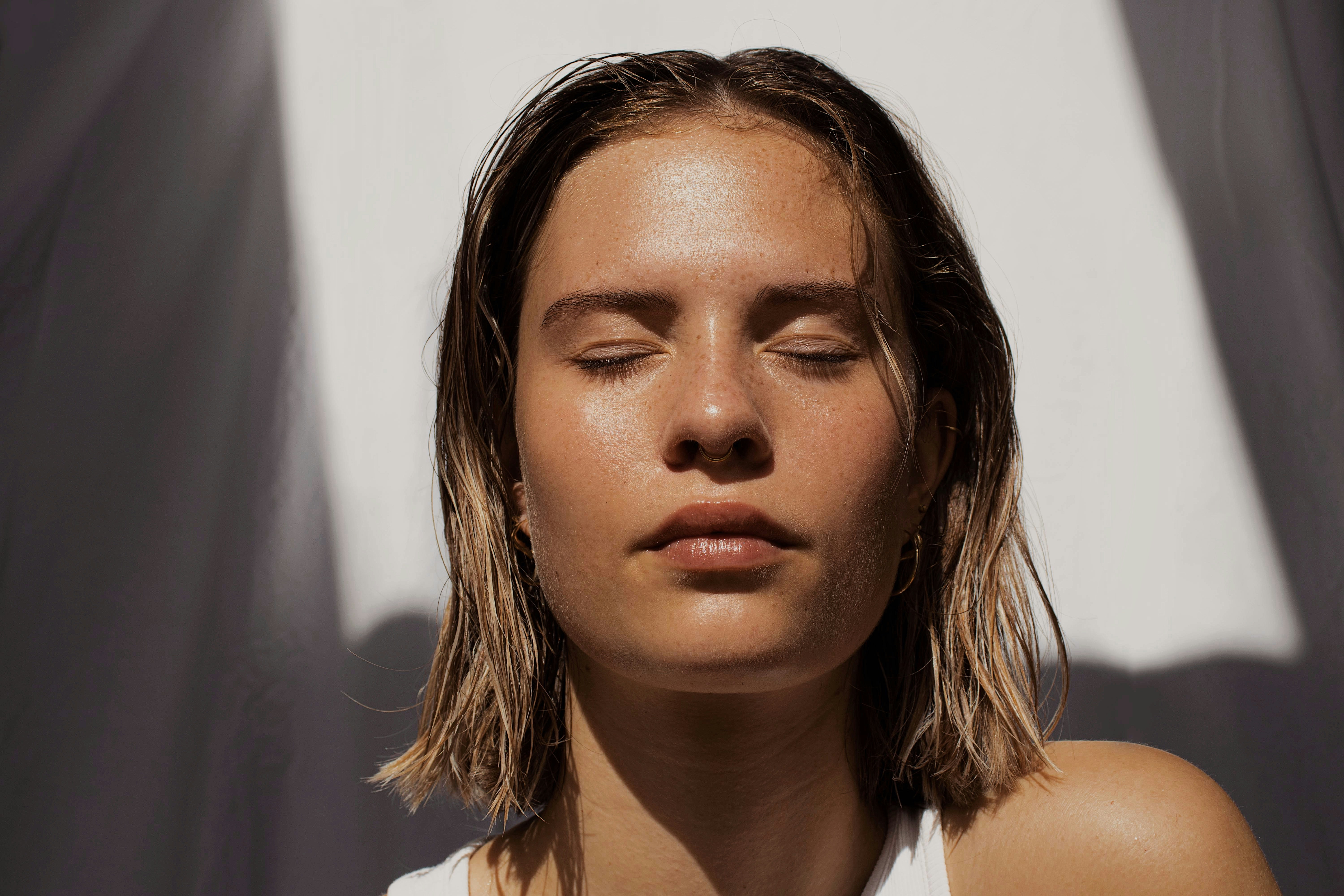Natural Daylight and Personal Color Analysis
If you had the chance to explore my website and got curious about the details of how I conduct my color analysis, you know that I only use natural daylight. You might be wondering why I do that. So, here I am to answer this intriguing question.
I’ll present a couple of scenarios, and if you stay with me until the very end, you’ll understand.
How do we see colors? Setting aside all the biological intricacies that happen in our eyes for us to actually see colors, there is one basic thing we need: light. We can’t see colors in a dark room with no light. I think we can all agree on that. We see colors only where there is light.
If you are in a nightclub, and the light is flashing in a bluish neon, you see people’s teeth glowing. Is this their teeth or the light? We all know our teeth do not look like that in bare daylight, so the answer is straightforward.
So here we go: we can’t use artificial light to conduct a color analysis because how can I guarantee the accuracy and purity of the light in terms of precise levels of wavelengths that won’t distort what we are seeing? Of course, the nightclub example is an exaggeration to illustrate the correlation between light and color, but the idea is the same. It’s just more subtle when we talk about our everyday home lighting.
As I discussed in a previous post, color analysis hinges on attention to detail. Even minor factors can significantly affect the accuracy of the analysis: the quality of the drapes, the training exposure, the comprehensive understanding of color—beyond personal color analysis. And, naturally, the quality of light is paramount. Accurate illumination is essential for conducting precise color analysis, which is why I exclusively perform my assessments under natural daylight.
In general, artificial lights strive to replicate natural daylight, yet they can never achieve the precision of real sunlight. As you can imagine, this does limit my availability for color analysis appointments. However, I prioritize precision to ensure the best possible outcomes for my clients rather than aiming for high volume and potentially leaving them with the misconception that they look good only under ring light!


